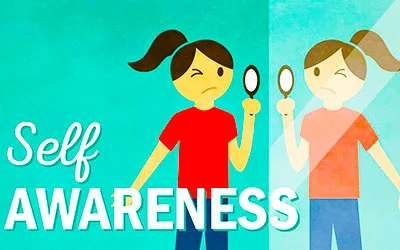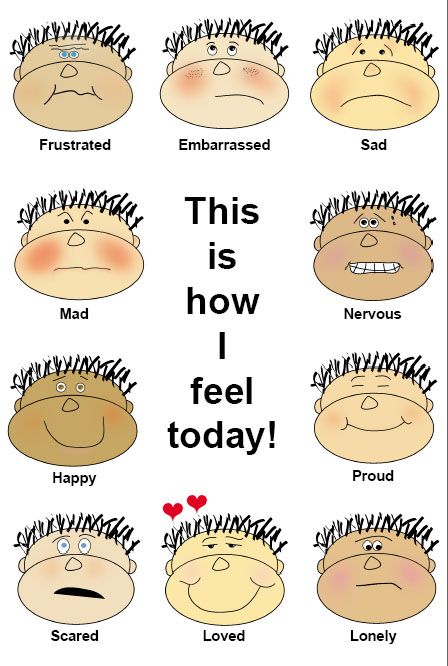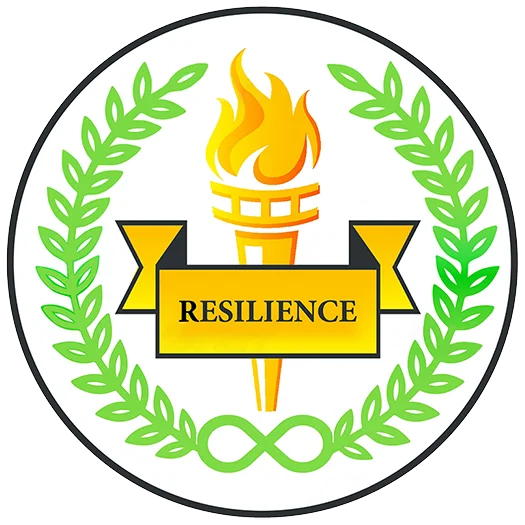
Do You Believe That You Can Achieve?
What Is Self-Awareness
Being self-aware is a demonstration of one’s “ability to accurately recognize one’s own emotions, thoughts, and values” along with the ability to understand how they impact their own behavior.(1) Additionally, self-awareness encompasses an individual’s ability to accurately assess one’s own strengths and limitations, with a well-grounded sense of confidence, optimism, and a ‘growth mindset.’” In addition to the aforementioned definition, renowned psychologist and author Daniel Coleman describes self awareness in his book, “Emotional Intelligence” as “knowing one’s internal states, preference, resources and intuitions.” According to the CASEL— which serves as a resource on Social & Emotional Learning, self-awareness is comprised of five key components:
- Identifying emotions
- Accurate self-perception
- Recognizing strength
- Possessing strong self-confidence
- Possessing self-efficacy

Identifying Emotions
Identifying emotions can be a strenuous process, especially for children. Oftentimes, when external stimuli (ex. school, family issues, mental health issues, conflict with peers, etc.) are bombarding an individual, they may experience an overwhelming abundance of emotions that are difficult to comprehend and distinguish from one another. There are a variety of methods one can employ to identify and understand his/her emotions.
First and foremost, feeling multiple different emotions at varying levels of strengths for various periods of time is a natural part of the human experience. Kidshealth.org emphasizes the importance of knowing that emotions “give us information about what we’re experiencing and help us know how to react.” Additionally, Kidshealth.org states that it’s important to remember there are no good or bad emotions, only positive or negative emotions. The only thing that can be “good or bad” about an emotion is the way someone acts on that feeling. Action will determine that nature of the consequence of feeling and expressing that emotion.
According to Kidshealth.org, this component of self-awareness is all about “recognizing, respecting, and accepting your feelings as they happen.”
Out of Home Care Toolbox shares a method we can use to identify our emotions. Individuals can identify their emotions by being attuned to their state of physical being, or “body signals.” For example, clenched fists could indicate anger, while sweaty palms could indicate anxiety. In a chaotic situation, two or more emotions will likely accompany one another. For example, an individual may have a conflict with a peer, causing them to become angry and lash out aggressively towards that person. Afterwards, that individual might feel ashamed for behaving that way towards them peer. In this instance, “anger” is the primary emotion that spawned the secondary emotion, shame. Out of Home Care Toolbox says that one way someone can work towards resolving a conflict is to identify the primary emotion, or primary motivation, that was catalyzed by the conflict.
Someone can also identify his/her emotions by engaging in various activities that are both entertaining and emotionally beneficial. For example, the website Lemon Lime Adventures has an abundance of activities for young children that teach them how to be successful in identifying and comprehending their emotions. These activities include everything from printable card games to coloring sheets. Kidshealth.org suggests a variety of similar activities that are more age-appropriate for adolescents. Their list of “Five Ways to Know Your Feelings Better” includes: Naming one’s feelings, tracking a single emotion, learning new words for feelings, keeping a feelings journal, and noticing feelings in art, songs, and movies.
Self-Perception, Strength, and Self-Confidence
Having accurate self-perception means not continuously fluctuating in belief of your abilities and value as an individual. While some fluctuation is normal, it is not healthy to go from believing you’re the world’s most untouchable person, to believing you’re the most hated person in existence. It’s all about assessing your strengths and weaknesses and finding a healthy medium. Dr. Robert C. Roberts, professor at the Jubilee Centre for Character and Virtues, delves into this much more extensively in his article, “Self-Perception and Humility: The Importance of An Accurate Self-Image.”
Being self-aware requires you to be both realistic and optimistic. Pinpointing one’s strengths can be done by acknowledging one’s experience and intelligence in a variety of fields, which according to the website Achieveit360, includes: Verbal-linguistic, logical-mathematical, visual-spatial, musical, naturalistic, bodily-kinesthetic, interpersonal, intrapersonal, etc. Recognizing strengths allows an individual to be confident in themselves and in what they know, which will increase one’s ability to be successful in life.
Developing self-confidence comes from knowing where your strengths lie, as well as knowing what weakness you could improve. Strong self-confidence can be developed by practicing self-praise whenever a person achieves success. In addition, meet an individual’s shortcomings with a positive attitude and an open-mind. Beating oneself up does not build self-confidence, but rather destroys it. Instead, one should find success in their ability to identify weaknesses and transform that into motivation to improve.
What are the Benefits of Self-Awareness
- Develops Resilience: The American Academy of Family Physicians states that self-awareness strengthens one’s resilience by allowing one to be aware of internal cues, be insightful on one’s own strengths and weakness, and understand blind spots and lenses.
- Improves Classroom Performance: Understood.org explains how self-awareness benefits students in the classroom, especially those with learning and attention issues. Students who are self-aware can:
- Recognize their strengths and weaknesses
- Identify what they need to do to complete a task
- Recognize errors in schoolwork and make edits or changes
- Understand and talk about his feelings
- Recognize other people’s needs and feelings
- See how their behavior affects others
- Prepares Individuals for the “Real World”: As explained by, Developgoodhabits.com individuals who are self-aware are prepared for a variety of careers in the workforce, including:
- Leadership roles
- Social work
- Counseling
- Education
- Nursing
*(1) According to the the Collaborative for Academic, Social & Emotional Learning CASEL— the industry resource on Social & Emotional Learning.According to the Collaborative for Academic, Social & Emotional Learning CASEL
